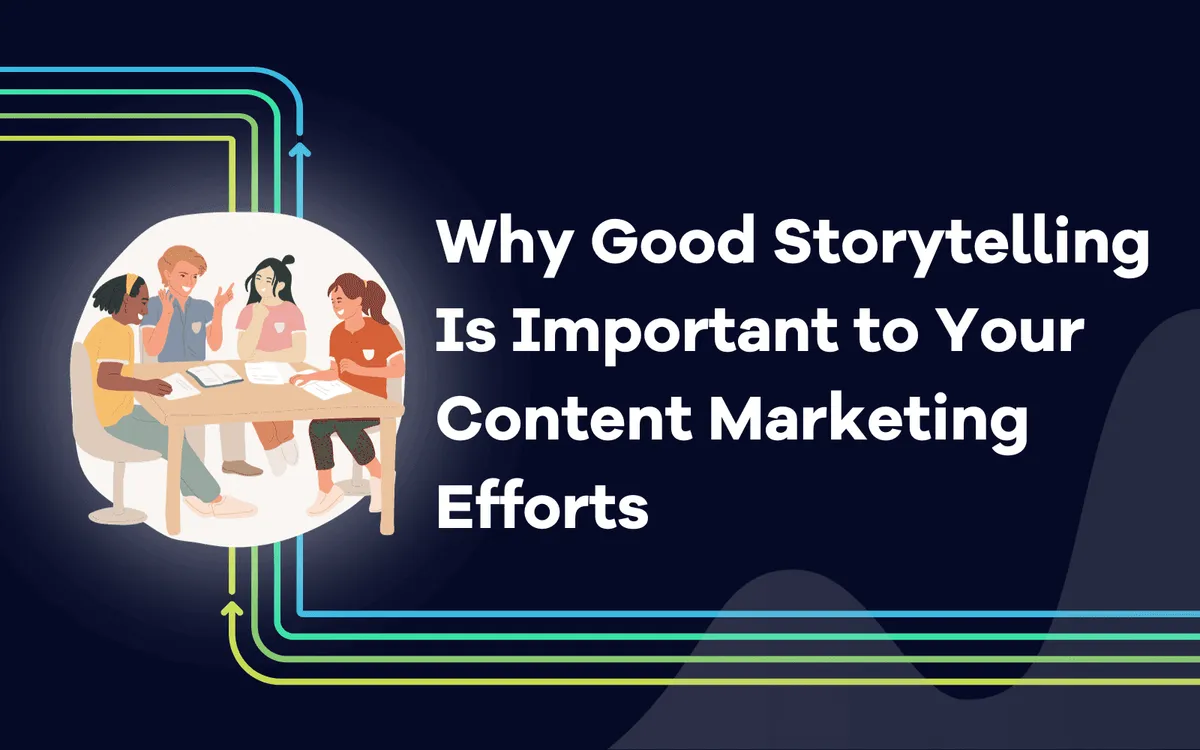
Why Good Storytelling is Important to Your Content Marketing Efforts

Marc Bovenzi
September 16, 2023
Discover the power of effective storytelling in content marketing. Learn why good storytelling is crucial for engaging your audience and driving results.
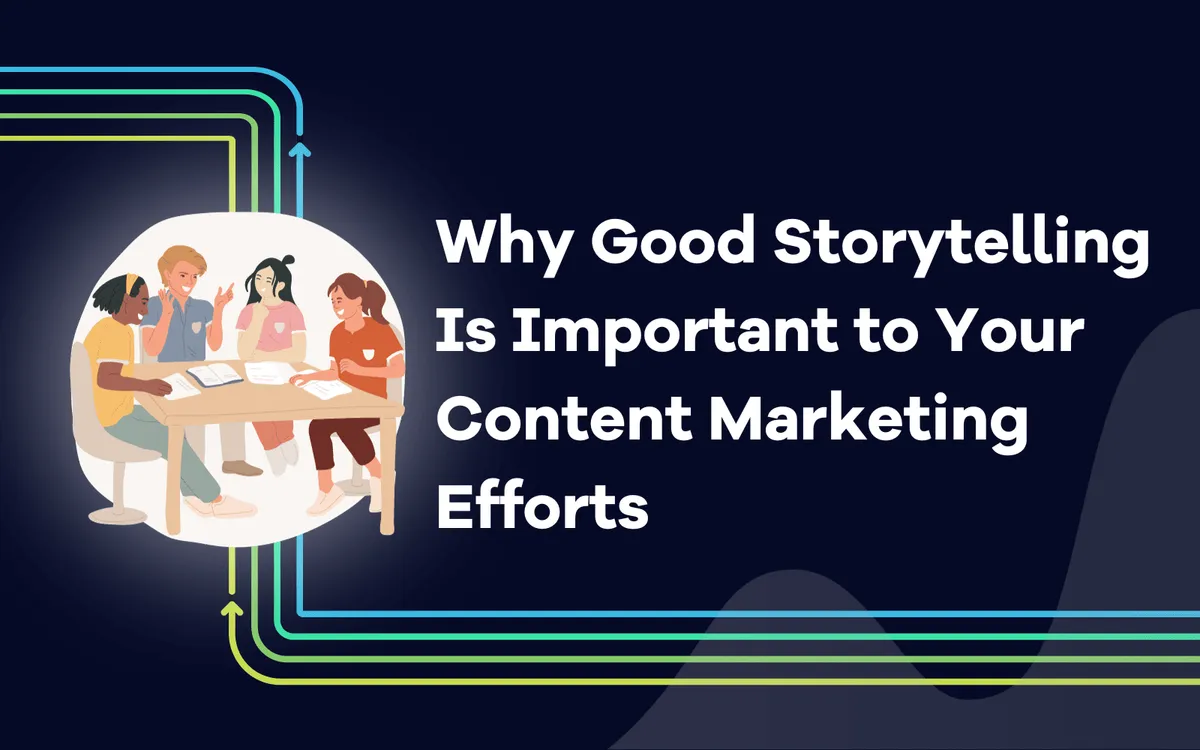
Here’s the story 📖
Content marketers focus on creating informative and persuasive words and visuals and ignore the power of storytelling.
And yet, storytelling has been the fundamental way people communicate for ages.
Learn why good storytelling in marketing is essential and…
The way to create compelling and memorable content beyond purely informational or transactional messages.
The Essence of Good Storytelling in Marketing
A good story can make you cry or laugh like crazy because stories connect directly with our emotions.
If brands tell stories in their marketing, they can tap into something deeper than simply talking about boring product features or benefits.
Emotional connections
As a marketer, you should know that people decide with emotions and justify with logic.
When you tell a story, it actually triggers the brain to release Oxytocin, the love hormone, which can make people feel more connected to a brand and influence their purchase decisions too.
 Image credit: AmbioPharm, Inc.
Image credit: AmbioPharm, Inc.That’s why people will pay top dollar for an ordinary item, just because there is a story or a famous person behind it. 🙄
Brand differentiation
Brand stories can help to humanize a company’s products and services so that people feel what they’re offering is more relatable and trustworthy.
If a person can see that their beliefs and values match what the brand represents, it becomes an outward expression or symbol of who they are.
Crafting Compelling Narratives
An excellent storyteller can make even technical and dry facts more relatable and engaging with brand storytelling.
Telling stories with characters is a common method to personify a brand so that people are more drawn to what they offer.
Do you remember the “Dos Equis” alcohol commercials that began in 2006?
 Image credit: Forbes & Dos Equis
Image credit: Forbes & Dos EquisJonathan Goldsmith was known as the “most interesting man in the world” during their funny and outrageous ad campaign commercials.
For example, the ads would say things like:
“He once rode a bull until it fell asleep.”
“Happy hour is the hour after everyone from happy hour has left.”
“If you didn’t use your backup plan, you played it too safe.”
“His body language is bilingual.”
“Like the moon, his personality affects the tides.”
Emotions Create Vivid Memories
Some of the best marketing campaigns use stories to bring out emotions of joy, empathy, and nostalgia to compel their target audience.
Think back to the Superbowl commercials.
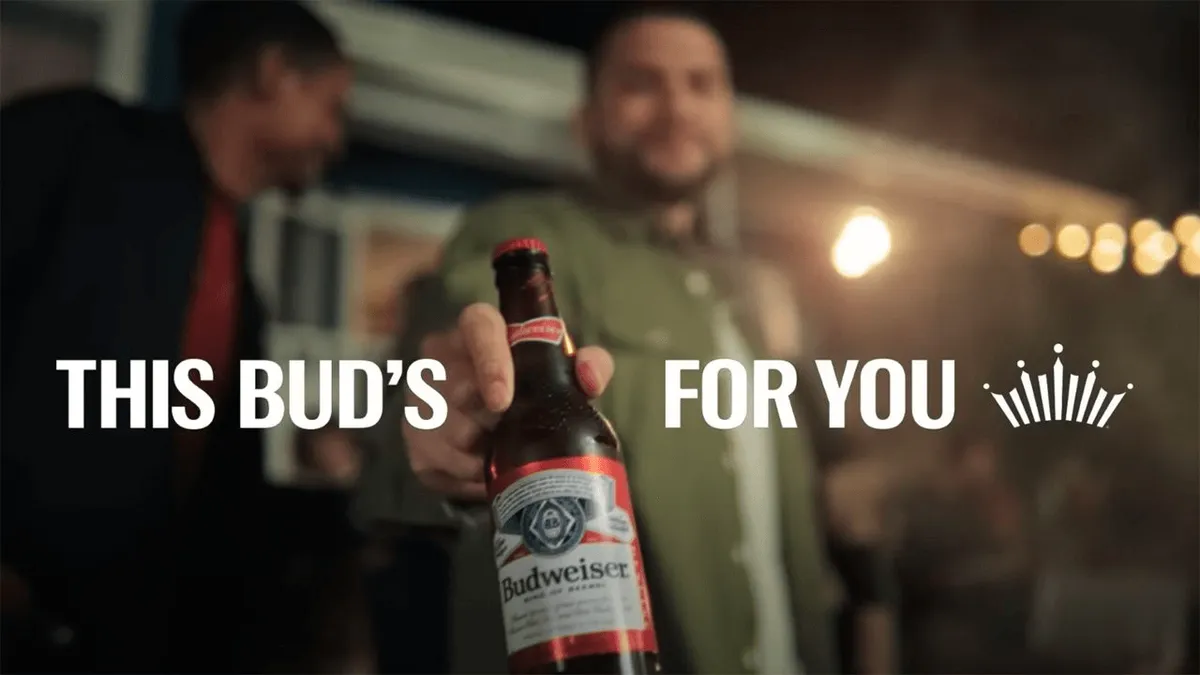 Image credit: Budweiser
Image credit: BudweiserBudweiser used themes of friendship and loyalty in a funny way to send the message that drinking their beer helps you become “one of the guys.”
Sensory and vivid language can also be used to convey a story that takes you to another place in your mind.
A travel company could describe a beach vacation with phrases like “soft, warm sand between your toes” and “gentle sea breeze carrying the scent of salt.” so that you feel the sensations of being there.
Build Suspense to Capture Attention
Conflict. Tension. Resolution.
Marketers can use these elements of suspense to captivate their audiences over a long marketing or advertising campaign.
If the problem or conflict resonates with someone’s current situation, more people will be interested in the outcome of the story.
A simple illustration of this is when Wow Skin Science Media invites experts to tell stories about skin and hair issues and how people have overcome them, attracting many followers.
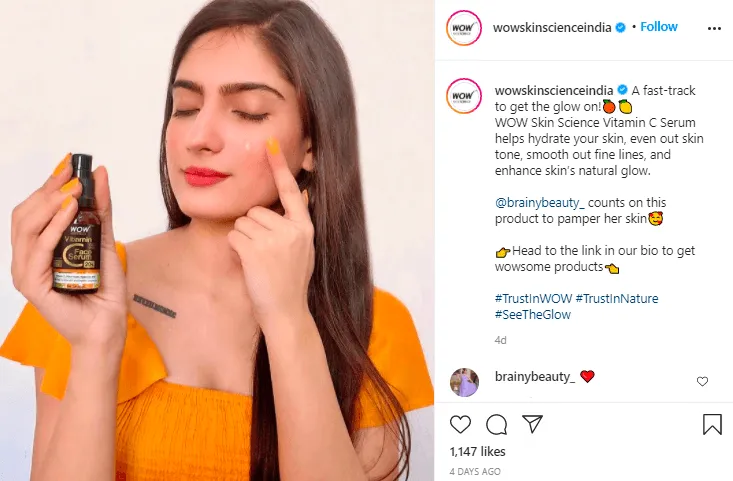 Image credit: Wowskinscience
Image credit: WowskinscienceSuspense makes a story come alive with excitement and anticipation, and CMOs are craving to hire writers who can wield this power.
That’s because suspense influences people to focus, remember, and take action -- which is exactly what companies want you to do “to focus on their ad so that you remember to go and buy what they’re selling” 🤑
Building Your Story-Driven Content Strategy
Storytelling should be at the core of your marketing and advertising campaigns because it has the power to persuade people to become loyal customers.
Here’s how to make content that isn’t all info or blatantly sales-driven noise.
Step 1: Understand Your Audience
This is the foundation of using storytelling, or any marketing campaign for that matter.
An easy way to understand your audience's needs and desires is to a) ask them and b) step in their shoes and ask yourself, “If I were them…” to get in their mind on how they make decisions.
Once you define their interests, pain points, and aspirations, there should be no question about what to say to people in the messaging.
Congrats, you’ve created a persona.
Step 2: Define Your Brand’s Main Storyline
Before you begin developing your content strategy, you should document your brand’s mission, values, and main selling points.
That way, your content strategy will stay aligned with your brand identity no matter what.
The formula for strong storytelling, according to Boxwoodco:
- Create a main character such as an influencer, spokesperson, or your customer, founder, or creative director)
- Make people jealous of the main character (good skin, good health, popularity, happiness, perfect mate).
- Point out a problem someone has, like bad skin, poor health, bad grooming
- Offer a solution and a plan for success (your product or service)
- Prove that the solution worked!
For example, suppose you're marketing products or services tailored to a specialized audience in ecommerce goods.
You can make a short video with the main character showing her friend that she’s using this new hand soap that made her eczema disappear within days because it’s chemical-free.
Getting your main storyline right the first time is super important so you don’t confuse your audience!
Step 3: Choose a Storytelling Format
Now’s the time to decide which type of content you’ll be able to produce the highest quality content.
Posting ��“good enough” content doesn’t work anymore if you want the algorithms and people to give their attention currency to you.
If it were me, I’d start with using your site for the base of content publishing because you own that medium which is definitely recommended for SEO with B2B businesses.
 Image credit: Hostinger
Image credit: HostingerThen you can choose to distribute it on other platforms, such as videos, podcasts, social media posts, case studies, and more.
There’s no need to do all these at once.
Just pick a few so it won’t overwhelm your marketing team.
Step 4: Engage Across Platforms
Tailoring your storytelling with artificial intelligence tools for marketing is critical for feeding people with content faster and keeps them coming back for more.
Each platform should be used based on its strengths.
- YouTube and TikTok are primarily video-focused
- Instagram is highly photo focused, with short video reels
- LinkedIn, Meta, and X have multimedia capabilities
Blogging has the largest canvas for linking or embedding any form of content
Don’t forget when you’re engaging with people online, it should be on a consistent basis with your main mission of adding value to their lives.
Think transformation, not information.
Step 5: Create an Editorial Calendar
The next step is to plan your content in themes so that it covers various aspects of the story.
An editorial calendar looks very much like a regular calendar, but you can also use Google Sheets or another free or paid online scheduling software.
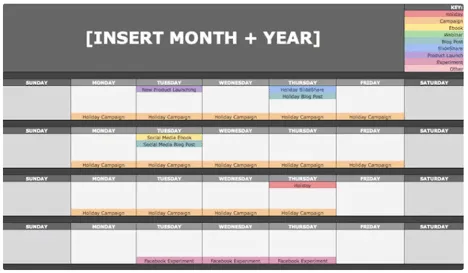 Image credit: Convince and Convert
Image credit: Convince and ConvertEvery piece of content should be a part of the entire goal of your story, for example:
Topic theme: Storytelling in Marketing
Pillar post: “Why Good Storytelling is Important to Your Marketing Efforts”
Related post 1: “Why Personifying a Brand Helps You Sell More.”
Related post 2: ��“9 Best Examples of Brands Using Story to Win Customers.”
Related post 3: “How Story has Transformed Underdogs into Thriving Companies.”
Be sure to regularly share customer-generated content, such as reviews, testimonials, and success stories, to build upon your storytelling narratives.
Other types of posts that are excellent to talk about are your team member’s experiences and give an inside look at your company culture.
Step 6: Measure and Adjust
Successful storytelling is measured, period.
Regularly analyzing metrics will allow you to spend less time and money on content your audience doesn’t care about by focusing on user intent.
Using a mix of the following types of data will give you an accurate picture of the impact storytelling has on your sales.
- Check the numbers to see if sales and revenue increased during the campaign
- Click through and conversion rates to know how many people clicked a call to action, and then acted on it, i.e., signing up for a newsletter or making a purchase
- Measure engagement views/impressions, likes, shares, comments, and times spent consuming the content
- Gather audience feedback with surveys and polls on what they think about your stories and determine how many people shared the impact you had in their lives
- Brand mentions and social listening to hear the chatter about your brand
- Website referral traffic and bounce rates can signal high or low interest in your brand
- Social media follower growth
Wrap Up
Well-told stories are necessary for brands to stand out in a crowded marketplace.
There are many ways to express what your brand stands for with entertaining narratives that people truly get addicted to.
Share your brand story, customer testimonials, insider stories, or whatever else you can imagine: the options are limitless.
So the next time you create marketing content, remember the power of a good story and use it to your advantage to sell your product or service.
Related blog posts

AI Overviews Are Taking Over SERPs
From traffic drops to decreasing CTRs, AI Overviews are shaking up SEO. Learn what is happening and how AccuRanker helps you track AIO.
25 June 2025
How AccuRanker’s AI Models Fix Inaccurate SEO Data
Struggling with unreliable SEO data? Discover how AccuRanker’s CTR, Search Intent, Search Volume, and Share of Voice deliver accurate insights.
1 June 2025
Why Your CTR Model Is Betraying You
The static CTR model relies on outdated averages. Learn more about how AccuRanker's dynamic CTR model helps you prioritize your SEO efforts.
13 May 2025



